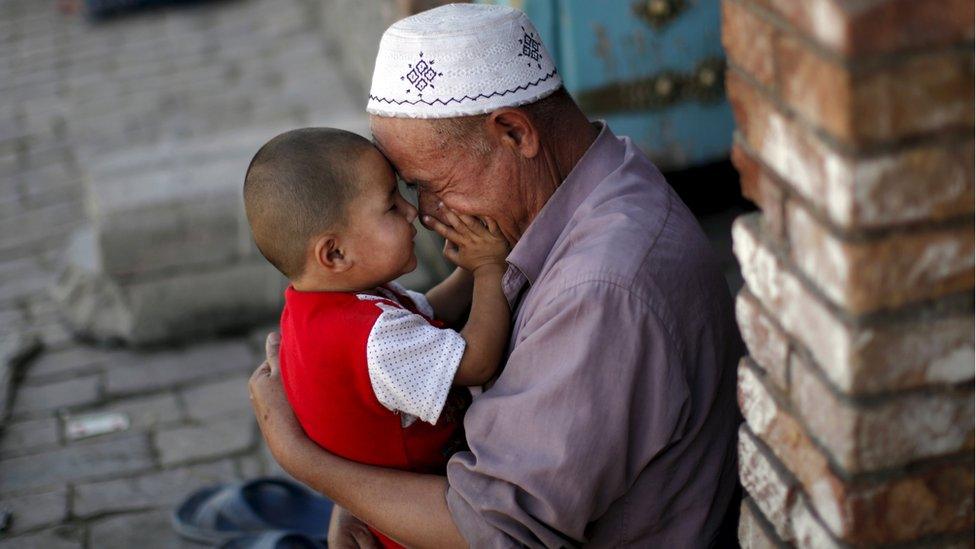China is Child Policy Transforms as Birth Rates Decline
Child policy in China has undergone a dramatic transformation over the past decade. Once infamous for its strict one-child rule, the country is now offering financial incentives to encourage families to have more children. The latest move a childcare subsidy of 3,600 yuan (₹44,000) per child annually until the age of three signals a deeper concern within the government: a rapidly aging population and a declining birth rate.
This policy, retroactively effective from January 1, is expected to benefit 20 million families by 2025, with a total budget of 90 billion yuan. It’s a major departure from the past, where millions of families were fined for exceeding child limits. Now, the state is paying them to grow their families.
From Punishment to Support: A Generational Contrast
Decades ago, violating the child policy often led to crippling fines. Many families were forced to hide additional children or suffer extreme financial burdens. For example, one resident, Zane Li, recalled his family being fined 100,000 yuan when his younger sister was born an amount three times their annual income. This forced him to grow up quickly, helping with housework and sacrificing his own childhood.

Fast forward to today, Zane, now 25, has no plans to become a parent. His story reflects a broader sentiment shared by millions of young Chinese adults: parenting is seen as a financial and emotional burden in today’s society.
Subsidies Face Skepticism Amid Rising Costs
Despite the new subsidies, many young people remain unconvinced. Experts argue that money alone won’t solve the problem. Raising a child in China is still extremely expensive. According to the YuWa Population Research Institute, the average cost of raising a child to age 18 is over 538,000 yuan (₹65.7 lakh) with figures exceeding 1 million yuan in cities like Beijing and Shanghai.
Some believe the 3,600 yuan per year subsidy is a token gesture rather than a solution. As one young woman put it, “That amount might help with diapers, but not with education, housing, or quality of life.”
Cultural and Economic Pressures Weigh Heavily
Beyond cost, there are deeper emotional and societal issues. Many in China’s younger generation feel disconnected from traditional family expectations. High-pressure jobs, expensive housing, and a shrinking job market have contributed to what some call “emotional fatigue.” This is driving more young people to delay or reject marriage and parenthood entirely.

The phrase “lying flat” has emerged to describe those who opt out of the relentless push for success, marriage, and children. For some, it’s not just a choice it’s an act of self-preservation in an increasingly competitive society.
A Shift in National Mindset on Child Policy
The Chinese government’s approach to child policy has shifted from control to encouragement, reflecting a growing demographic crisis. From allowing two children per family in 2016, to increasing the limit to three in 2021, and now offering financial support, each step shows mounting urgency. Also Read: Pratik Gandhi Plays RAW Agent in High-Stakes Spy Drama ‘Saare Jahan Se Accha’ Set Before the Last War 2025
Emma Zang, a demographer at Yale University, noted that while the government is “finally putting some money on the table,” it may be too little, too late. Other East Asian countries like South Korea and Japan have tried similar measures with limited success.
Conclusion:
The child policy evolution in China is a response to years of demographic miscalculation. While subsidies mark a significant policy reversal, deep-rooted economic and emotional issues remain unaddressed. For many young adults, starting a family in today’s China feels more like a sacrifice than a dream.As the government continues its push, only time will tell whether these new efforts can reverse the country’s declining birth trend or whether they’ve come too late for a generation already opting out.

